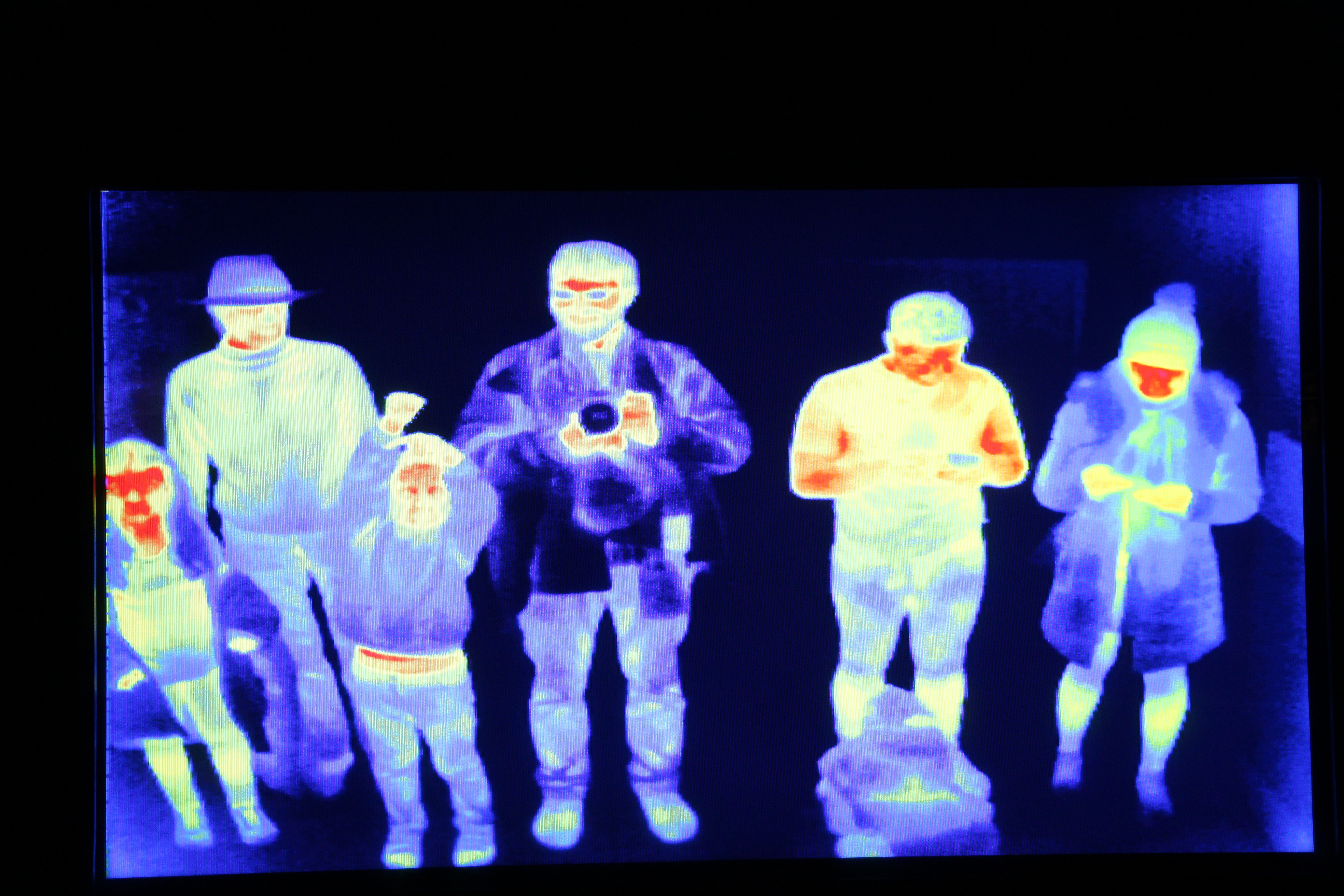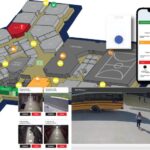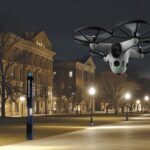The varied types of applications suitable for thermal imaging nowadays can be nothing short of head-scratching. Technological advances have led to a decrease in unit size and far more affordable price points than just a handful of years ago when thermal cameras were mostly exclusive to the military and critical infrastructure.
Today’s smaller form factors and advancements in image processing allow for mainstream applications, where thermal imagers are being used for leak detection (water, gas or air) to locating insufficient insulation.
Manufacturers are releasing cameras designed for outdoor perimeter security that integrate both thermal sensors and visible light imagers for verification. Still other models commonly incorporate onboard analytics to notify operators of critical events.
CS sister publication, Security Sales and Integration, conversed with several subject matter experts from leading manufacturers to learn about the diverse applications for thermal technology.
Costs Have Decreased, Use Cases Have Increased
Wide-ranging retail and commercial settings are opening up to thermal imaging due to cost-effective solutions that provide detection under all different types of circumstances, explains Ryan Zatolokin, senior technologist, North America, at Axis Communications.
“Essentially the whole point of a thermal camera is to do detection, and with analytics we can do more precise detection by filtering out details that we don’t want,” he says.
In the banking sector, consider a vestibule or an area around an ATM where there may not be a lot of light. A thermal camera will detect people approaching the ATM. By applying analytics, you can then mark perimeter areas within the scene to monitor and create alerts.
“You can see the contrast between a human being and the background, so especially in situations where there is very low light — or no light in some circumstances — thermal cameras are not affected by that at all,” Zatolokin says.
Aaron Saks, product and technical manager for Hanwha Techwin America, explains thermal cameras are being utilized cost effectively by small manufacturing companies that need to monitor their equipment, furnaces or production lines.
“Thermal cameras used to be priced out of the realm of the small and medium-sized business; however, now they‘re affordable and can be used in places where life-safety demands monitoring and notification,” he says.
There are many industrial applications where machinery needs to be maintained. Thermal cameras can provide warning that operations are not normal and keep an eye on the temperature of pipes, battery packs and more. The use cases don’t stop there.
“Small businesses that have expensive fleets can use thermal cameras to ensure protection of their perimeter. Zoos and nature preserves can monitor the wildlife without disturbing them with IR illuminators,” Saks explains.
Thermal Cameras Can Detect Infectious Diseases
Jennifer Hackenburg, senior product marketing manager for Dahua Technology USA, hits on an application example that has particular global relevance, especially in the wake of the recent the coronavirus outbreak.
“Medical centers, hospitals, airports and railway terminals have become emerging applications for thermal cameras. A thermal camera with temperature control can be used to measure people’s temperatures and spot fevers without using intrusive devices,” she says. “This remote way of monitoring potential signs of infection reduces the risk of further contamination.”
Transportation hubs and other facilities concerned with customs and border protection can use thermal imaging to screen passengers and immediately route those with the abnormal temperatures to special care, Hackenburg continues. The quick mass-screening also mitigates delays and discomfort to passengers.
Consider yet another unique market niche cited by Hackenburg leveraging the technology: dairy farms. Farmers use thermal cameras to monitor the body temperature of pregnant cows to gauge when they will go into labor.
“With numerous cows at different stages of gestation, it’s challenging to monitor each and every cow at all hours of the day and night,” she says. “With a thermal thermometry camera, when a cow goes into labor the animal’s temperature increases resulting in an alarm and reducing manpower to monitor the cows throughout the night.”
Datacenters Using Thermal Imaging Technology
Datacenters are also using thermal cameras, says Tony DeStefano, a distribution sales manager at Hikvision USA. He applies the term “data-center” loosely, encompassing server rooms or network closets. Suffice to say, nearly every organization has some version of any one of those that needs to be closely monitored.
“By sensing and sending alerts about anomalies in temperature, thermal cameras can prevent fires, the malfunction or loss of data and storage equipment, and help owners schedule preventive maintenance,” he explains. “It’s important to note that damage to a datacenter of any size can cripple a business, and it’s the kind of loss that many businesses cannot recover from. There is very real return on investments for business owners who invest in thermal cameras.”
Across the security industry, customers are continuing to recognize the value of thermal imaging in enabling video capture in harsh conditions such as in total darkness and through fog, sun glare and smoke, says Fredrik Wallberg, director of marketing for security, FLIR Systems.
“At a high level, we’ve seen the greatest adoption among organizations that store highly valuable, expensive assets outdoors. Common examples include sites with small- or medium-size perimeters such as substations, marinas, stadiums, construction locations and parking garages,” he says. “For these entities, cameras with short detection ranges that yield wide-area monitoring are sufficient.”
Wallberg also notes emerging interest in thermal payloads on drones. Similar to the thermal market, there are a variety of drone options in the unmanned aerial vehicle (UAV) market, from military-grade drones to drones available for commercial or personal use.
“We’re also seeing greater integration of thermal cameras with radar solutions to improve long-range detection and target tracking,” Wallberg says. “This integrated solution generates cost savings for customers who may have considered solutions that require more infrastructure like buried sensor cables.”
Seriously Consider This Option
Don’t shy away from learning about thermal technology because you are leery or afraid of it, Zatolokin advises. “You can do amazing things with thermal cameras. But also it’s about understanding the technology and not making assumptions on what it can do,” he says. “Once you understand the technology, it opens up a whole new world of possibilities in terms of detection.”
Rodney Bosch is Security Sales & Integration’s senior editor.













